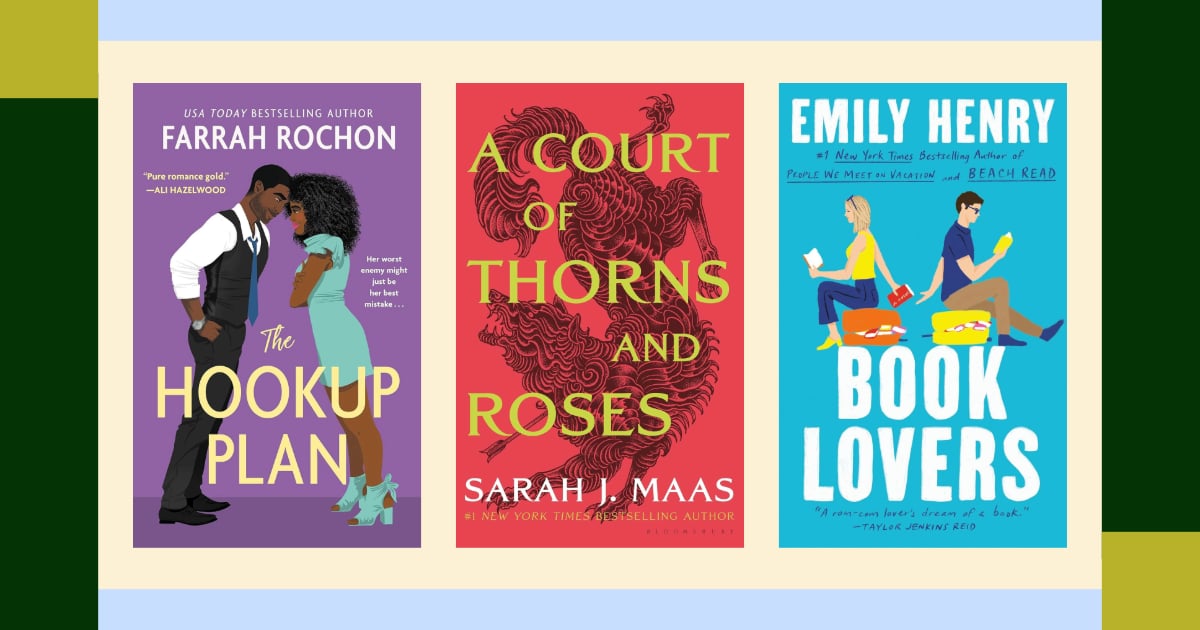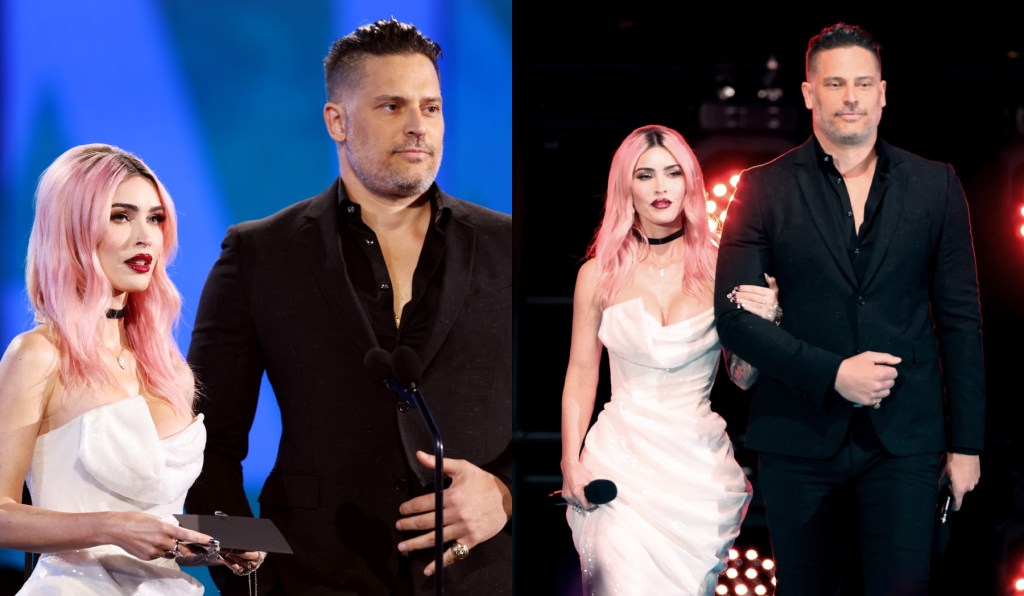Iconic movie characters and famous cinematic moments are nothing without costuming. For nearly a century, certain film costumes have not only stood the test of time but have also sparked endless inspiration and recreation.
From the opulent beginnings of Hollywood’s Golden Age in the late 1930s to the innovative approaches in contemporary genre and blockbuster films, the art of costume design has evolved dramatically. The creativity, ingenuity and meticulous attention to detail exhibited by costume designers have played a pivotal role in bringing characters to life and enriching the film’s narrative.
Here, WWD looks back on some of the most memorable iconic film costumes, exploring the stories behind these designs and the designers who created them.
You May Also Like
“The Wizard of Oz” (1939)

“The Wizard of Oz” debuted in 1939, ushering in a new age for Hollywood cinema. The film combined both black-and-white cinematography with Technicolor, introducing vibrant colors to audiences when Dorothy Gale (Judy Garland) lands in Oz. The film’s iconic costumes were designed by Adrian Adolph Greenburg, mononymously known as Adrian, who got his start on Broadway collaborating with Irving Berlin.
From Dorothy’s gingham-clad blue and white dress with puffy sleeves to the Lion’s mane, Scarecrow’s straw and Tin Man’s silver suit, each costume has gone through some recreation variation for Halloween festivities or new iterations and adaptations of L. Frank Baum’s beloved children’s book.
More recently, “Wicked” costume designer Paul Tazewell spoke with WWD regarding his interpretation of the iconic ruby slippers from “The Wizard of Oz” for Jon M. Chu’s film adaptation of the Tony Award-winning musical.
“They needed to resonate in an iconic way, like the ruby slipper,” Tazewell told WWD. “I wanted for it to not just be another ruby slipper, but to be specific to the world we were creating.”
“Sabrina” (1954)

Only one year after her Academy Award-winning breakout turn in “Roman Holiday,” Audrey Hepburn starred in “Sabrina” opposite Humphrey Bogart and William Holden. The film, directed by Billy Wilder, is the site of Hepburn’s first collaboration with designer Hubert de Givenchy, who looked to the actress as his muse in the years following the 1954 picture’s release.
“Sabrina” features one of the duo’s most iconic collaborations — a white, strapless organdy evening gown, which serves as a pivotal moment for Hepburn’s character, who enters the upper echelon of society despite being the daughter of a rich family’s driver. While it remains unclear if Givenchy designed the dress, or if the film’s costume designer, Edith Head, looked at his sketches and created her own interpretation of the gown, the costume remains one of cinema’s most iconic.
Head remains one of Hollywood’s most revered costume designers in her own right, winning a record eight Oscars for her work on various films throughout her career. Givenchy, of course, helmed his own atelier in Paris. Upon meeting Hepburn prior to the production of “Sabrina,” Givenchy found a friend and muse for life.
“Breakfast at Tiffany’s” (1961)

Seven years following “Sabrina,” Hepburn again created movie magic and one of cinema’s most iconic costume moments in “Breakfast at Tiffany’s.” As Holly Golightly, Hepburn’s performance earned acclaim and an Oscar nomination for Best Performance by an Actress in a Leading Role. But her use of the little black dress became instantly memorable.
Givenchy designed the iconic sheath little black dress from Italian satin for Hepburn to wear throughout the film, with three copies in existence. Due to the high slit of the dress, Edith Head, who served as the film’s costume supervisor, redesigned the skirt. But Hepburn’s use of the LBD demonstrated the power of a single garment. Throughout the film, Holly wears the LBD with various accessories, showcasing how the look can be dressed up, dressed down and reworn in various ways.
The opening shot of the film also features Hepburn wearing a glorious, dazzling necklace, which was designed by Roger Scemama, who created jewelry in collaboration with Givenchy.
“Grease” (1978)

“Grease,” the 1978 movie musical and satire on 1950s Americana, features one of Halloween’s go-to costumes. By the end of the film, Olivia Newton-John’s Sandy trades in her good-girl aesthetic of Poodle skirts and cardigans for tight black pants and a coordinated off-the-shoulder top with fiery red heels.
The look is recreated often on Halloween, with Gigi Hadid and Kelsea Ballerini styling their own interpretations of the look in the recent past. In 2019, the original costume, designed by Albert Wolsky, went up for auction.
“Clueless” (1995)

Another source of inspiration for Halloween costumes comes from the 1995 film “Clueless.” A modern interpretation of the Jane Austen novel “Emma,” “Clueless” forgoes corsets and balls in favor of plaid and a high school in affluent ’90s Beverly Hills.
Alicia Silverstone’s yellow plaid skirt suit and Stacey Dash’s coordinated black and white look are the most identifiable creations of costume designer Mona May. The looks are regularly recreated for Halloween and capture a time in the ’90s for irreverence and experimentation.
“Pride & Prejudice” (2005)

Two-time Oscar-winning costume designer Jacqueline Durran earned her first Academy Award nomination for her work on Joe Wright’s beloved 2005 adaptation of Jane Austen’s “Pride & Prejudice.” With Durran’s close reading of the text, the costume designer translated the personalities of the Bennet sisters to the screen — a technique she used again when designing the costumes for Greta Gerwig’s 2019 adaptation of Louisa May Alcott’s “Little Women.”
Beyond the film’s iconic white ballgown scene, red regiment uniforms and Mr. Darcy (Matthew Macfadyen’s) open white shirt as he strides through a field to meet Elizabeth Bennet (Keira Knightley) through the early-morning mist, the film’s costumes remain iconic not only for their intricate design and attention to detail but also the way in which Durran captures the characters and their lived-in world — down to the muddy hemlines and pastel ribbons.
“Black Panther” (2018)

Ruth E. Carter became the first Black woman to win the Academy Award for Best Costume Design for her ornate costumes in 2018’s “Black Panther.” Heralded for its reverence of the African continent’s history and integration of colorful textiles, the costumes in “Black Panther” married strength, history, and contemporary twists for a modern blockbuster.
Carter earned her second Academy Award for “Black Panther: Wakanda Forever,” returning to design the costumes for the film’s 2022 sequel, which was released following the death of “Black Panther” star and Oscar-nominated actor Chadwick Boseman.
“Black Panther: Wakanda Forever” and the costumes in the film served as an opportunity to capture grief through sartorial statements. “We went to some historians on African culture and found that in many African societies, they all wear white at the funerals. So Ryan [Coogler, the film’s director] said, ‘All white, pure white, not cream, white, white.’ African artistry, whether it be beadwork, carve fabric or Ndebele, it’s colorful. I had to figure out how to make these tribes distinctive, and all in white,” Carter told WWD in May 2023.
“Barbie” (2023)

Jacqueline Durran reunited with her “Little Women” collaborator Greta Gerwig for the Oscar-nominated filmmaker’s 2023 picture “Barbie.” The film inspired audiences to dress up in Barbie’s now iconic pink cowgirl ensemble for Halloween. “Barbie” also reignited interest in Barbiecore, with splashes of hot pink on the red carpet during the 2023 awards season cycle. “I had no idea my styles would blow up as much as they have in the past year,” Durran previously told WWD. The costume designer went on to earn her ninth Oscar nomination for Best Costume Design for “Barbie.”


